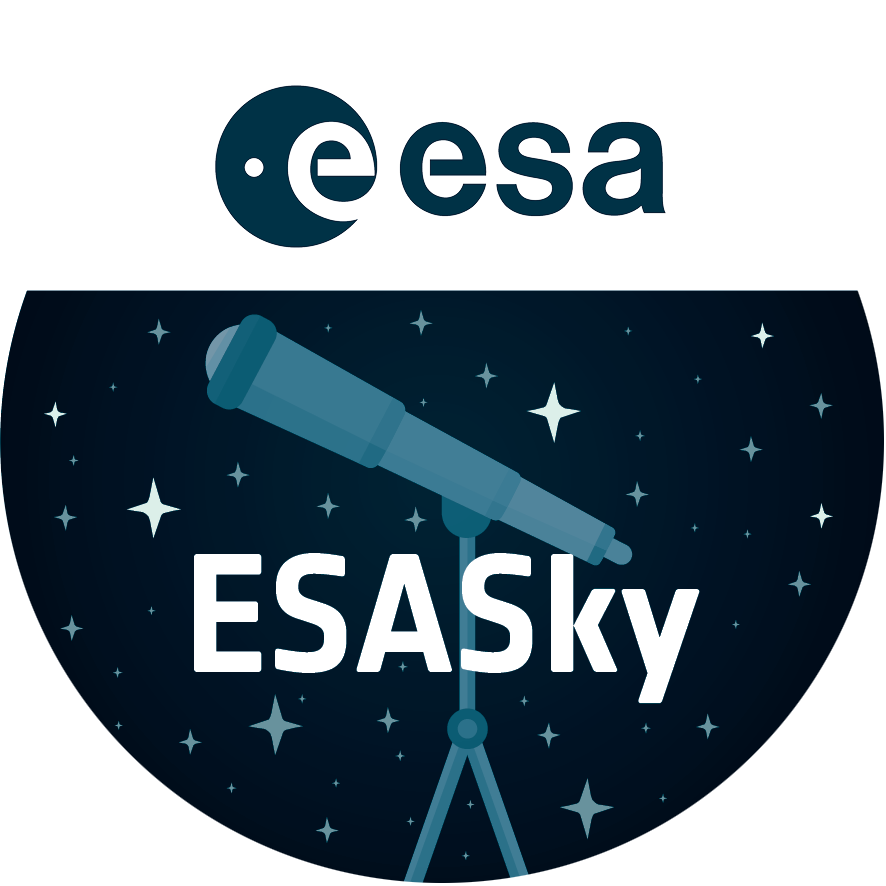Central regions of 47 Tucanae seen in the ultraviolet
This NASA/ESA Hubble Space Telescope image shows the central region of a globular cluster known as NGC 104 — or, more commonly, 47 Tucanae, since it is part of the constellation of Tucana (The Toucan) — seen in ultraviolet light.
Using the ultraviolet capabilities of Hubble’s sharp-eyed Wide Field Camera 3, the astronomers traced populations of white dwarfs with a range of ages and positions. This made it possible, for the first time, to collect a census of young white dwarf stars beginning their migration from the crowded centre of an ancient star cluster to its less populated outskirts.
Credit:NASA, ESA, and H. Richer and J. Heyl (University of British Columbia, Vancouver)
About the Image
| Id: | heic1510c |
|---|---|
| Type: | Observation |
| Release date: | 14 May 2015, 19:00 |
| Related releases: | heic1510 |
| Size: | 800 x 800 px |
About the Object
| Name: | 47 Tucanae, NGC 104 |
|---|---|
| Type: | Milky Way : Star : Grouping : Cluster : Globular |
| Distance: | 15000 light years |
| Constellation: | Tucana |
| Category: | Star Clusters |
Classic Wallpapers
Coordinates
| Position (RA): | 0 24 6.56 |
|---|---|
| Position (Dec): | -72° 5' 4.01" |
| Field of view: | 0.53 x 0.53 arcminutes |
| Orientation: | North is 14.9° left of vertical |
Colours & filters
| Band | Wavelength | Telescope |
|---|---|---|
| Ultraviolet UV | 225 nm |
Hubble Space Telescope
WFC3 |
| Ultraviolet UV | 336 nm |
Hubble Space Telescope
WFC3 |


